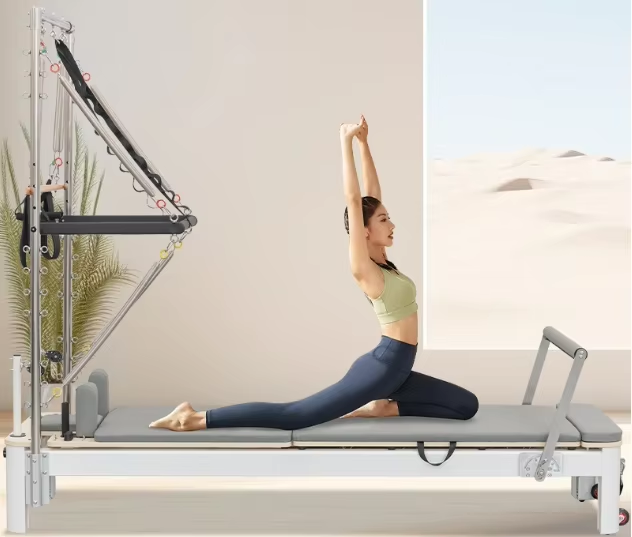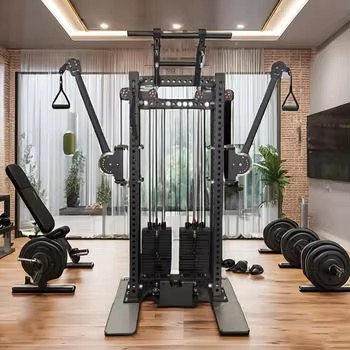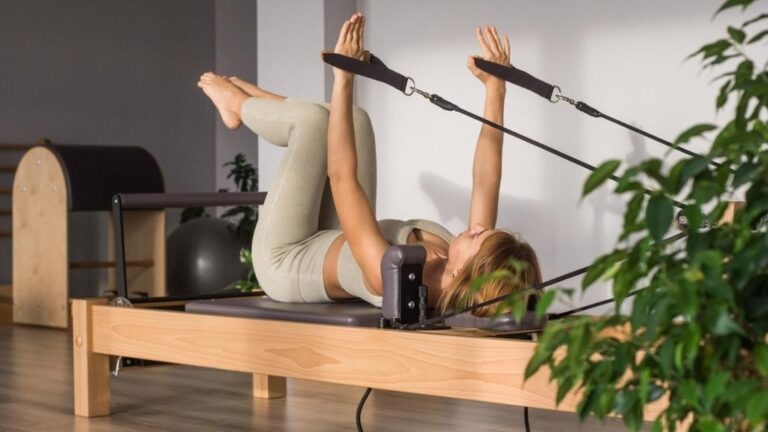Fitness Equipment Manufacturers & Wholesale

How to Choose the Best Value Fitness Equipment: Tips from 8-Year Gym Veteran
By Eric, Fitness Enthusiast & Product Specialist at Uport Fitness
When I first walked into a gym eight years ago, I was overwhelmed—not just by the weights, but by the sheer number of choices. Dumbbells, resistance bands, Pilates Reformer, kettlebells, treadmills… the list seemed endless. Over the years, I’ve tested countless pieces of equipment, made smart buys, and yes—made a few costly mistakes too. Today, I’m sharing the hard-earned lessons I’ve learned about choosing fitness gear that delivers real results without emptying your wallet.
Whether you’re building a home gym or upgrading your current setup, “value” doesn’t just mean “cheap.” True value means durability, versatility, safety, and long-term usability. Here’s how to find it.
1. Start With Your Goals—Not the Gear
Before you even look at a product page, ask yourself:
- Am I training for strength, endurance, flexibility, or general health?
- Do I prefer full-body workouts or targeted muscle training?
- How much space do I have at home?
Your answers will dramatically narrow your options. For example, if you’re short on space but want full-body strength training, adjustable dumbbells or a compact power rack may be smarter than a bulky multi-station machine.
2. Prioritize Versatility Over Specialization
One of the biggest mistakes beginners make is buying single-purpose gadgets—like ab rollers or calf machines—that gather dust after a few weeks. Instead, invest in equipment that supports multiple exercises.
High-value examples:
- Adjustable dumbbells: Replace an entire rack of fixed weights.
- Resistance bands: Portable, scalable resistance for strength, mobility, and rehab.
- Pull-up bar: Works back, arms, and core with zero electricity or maintenance.
- Kettlebells: Great for swings, squats, presses, and cardio bursts.
These tools grow with you as your fitness evolves.
3. Check Build Quality—Not Just Price Tags
A $50 treadmill might seem like a steal… until the motor dies in three months. Always look beyond the sticker price. Ask:
- What materials are used? (e.g., steel vs. plastic frames)
- What’s the weight capacity?
- Are there user reviews mentioning long-term durability?
- Does the brand offer a solid warranty?
At [Your Company Name], we rigorously test every product for structural integrity, smooth operation, and real-world performance—because your safety and satisfaction come first.
4. Don’t Overlook “Boring” Essentials
Flashy machines get attention, but basics often deliver the best ROI:
- Yoga mat: Non-slip, cushioned, and essential for floor work.
- Jump rope: One of the most effective cardio tools under $20.
- Foam roller: Critical for recovery and injury prevention.
These low-cost items support consistency—the real key to fitness success.
5. Think Long-Term: Maintenance & Upgradability
Will this equipment require constant repairs? Are replacement parts available? Can it be upgraded (e.g., adding weight plates to a barbell set)?
For example, a modular weight bench that adjusts to multiple angles offers more longevity than a flat-only model. Similarly, choosing a barbell with standard sleeves lets you swap out weight plates as you progress.
Final Thought: Value = Consistency × Quality
The best fitness equipment isn’t the most expensive—it’s the gear you’ll actually use, week after week, year after year. After eight years in the fitness world, I’ve learned that simplicity, reliability, and adaptability beat gimmicks every time.
At Uport Fitness, we’re committed to helping you build a smart, sustainable home gym. We don’t just sell products—we support your journey.
Ready to invest in gear that lasts?
Explore our curated collection of high-value fitness equipment, tested by real users and backed by expert guidance.







